Adipose tissue fulfills important tasks in the human body. A distinction is made between white and brown adipose tissue; whereby the brown part is much lower than the white.
What is adipose tissue?
Adipose tissue originated from reticular connective tissue and occurs in different parts of the human body. A distinction is made between two types, brown and white or yellow fatty tissue. The brown fat is needed to produce heat, the white one has different tasks.
The components of body fat are fat cells called adipocytes. Brown adipose tissue occurs only in small amounts in adults and in very few places, for example under the armpits, in the chest cavity in the mediastinum or on the kidneys. An infant, on the other hand, has a much higher percentage of brown adipose tissue because it is much more susceptible to cold. In newborns, the brown fat is mainly in the region around the chest and neck.
The white adipose tissue is divided according to its function into insulating fat, storage fat (also depot fat) and construction fat. It also serves as a metabolic organ, since it is involved in the energy metabolism. The distribution of white adipose tissue is different in women and men. In women it is mainly deposited under the skin on the hips, abdomen and thighs, in men it mostly envelops internal organs and the digestive system as visceral fat.
Anatomy & structure
Both white and brown adipose tissue are made up of fat cells. Brown fat cells are plurivacuolar; this means that they are filled with several small lipid droplets. They have many mitochondria, which in turn contain numerous cytochromes (colored proteins). These proteins are responsible for the brown color. White adipose tissue, on the other hand, has univacuolar fat cells that contain only a single large lipid droplet and are much larger than the cells of brown adipose tissue.
These large lipid droplets (vacuoles) press the cell nucleus flat against the edge of the cell. So that the vacuole is kept in shape, it is surrounded by stabilizing protein structures, the so-called intermediate filaments. Each fat cell is wrapped in a layer of protein, the basal lamina. Numerous blood vessels run through the white adipose tissue.
The fat in the human body is rich in oleic acid and has an intense yellow color. The term "white adipose tissue" comes from the fact that fat is removed from fat cells prepared for examination purposes and these empty cells look white under the microscope.
Function & tasks
Brown adipose tissue has the job of generating heat. This function is particularly needed in infancy, as the thermoregulation of newborns has not yet been developed. The generation of heat is triggered by nerves in the sympathetic system, which release the hormone norepinephrine.
This releases fatty acids that oxidize through a special process. This oxidation generates heat, which is passed on via the blood vessels to the circulation and finally to the organs. The white adipose tissue has different functions. On the one hand, it serves as an energy reserve in the form of storage or depot fat. With this supply, a person can survive up to 40 days without ingestion.
Storage fat is mostly in the subcutaneous tissue on the buttocks and abdomen, but also on the peritoneum, the skin that lines the abdomen. The fatty tissue called construction fat has a protective function. It acts like a cushion for the body and prevents mechanically caused injuries. This fat lies under the skin on the soles of the feet, around the eyes, on the cheeks and joints, but also on organs such as the kidneys and heart.
In the case of inadequate food intake, this fat is also used as the last available source of energy to supply the body. If the belly fat is also used up, the sunken cheeks and eye sockets typical of extremely malnourished people develop. Finally, the insulating fat, which is mainly located in the subcutaneous tissue, protects the body from giving off too much heat to the outside. White adipose tissue also plays an important role in the metabolism of the human body.
Illnesses & ailments
The lipoma is a common change in adipose tissue. It is a benign tumor that forms in the subcutaneous fatty tissue. Lipomas grow very slowly, usually on the back or stomach, arms or legs. But they also appear on the face. As a rule, they do not cause any discomfort and, from a medical point of view, removal is not necessary unless the lipoma is pressing on nerves or vessels.
A lipoma on the face is often removed for cosmetic reasons. On the other hand, the less common liposarcoma is malignant, a tumor that grows very quickly and causes pain. It is more likely to arise in older people; Men are more often affected than women. Liposarcomas are caused by the degeneration of fat cells. A liposarcoma must be removed surgically.
Another possible disease in adipose tissue is necrosis. Fat cells die and the lipid droplets contained in the cells penetrate the surrounding connective tissue. This causes so-called dummy cysts to form. This disease often occurs in the fatty tissue of the female breast.
These pseudocysts are benign and are sometimes mistaken for a malignant lump when examined by palpation. Ultimately, only the surgical removal and histological examination of the nodes provide security. The necrosis is caused by injuries or by crushing the breast tissue.

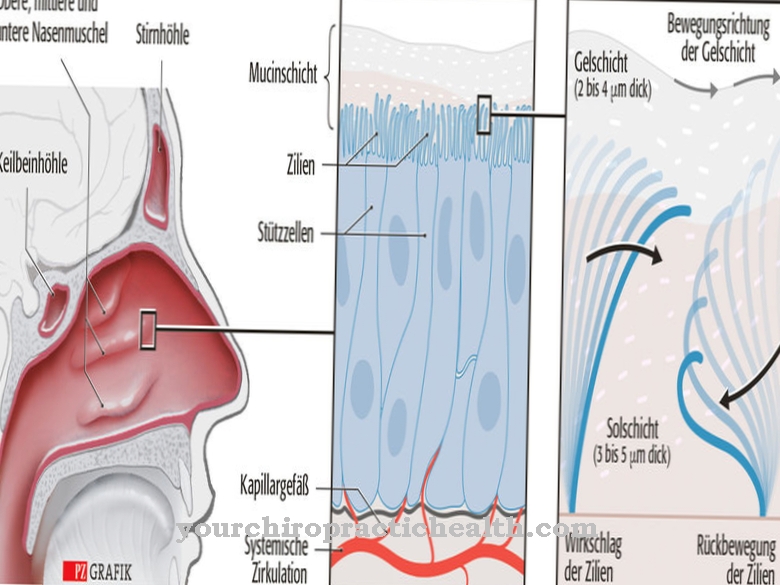
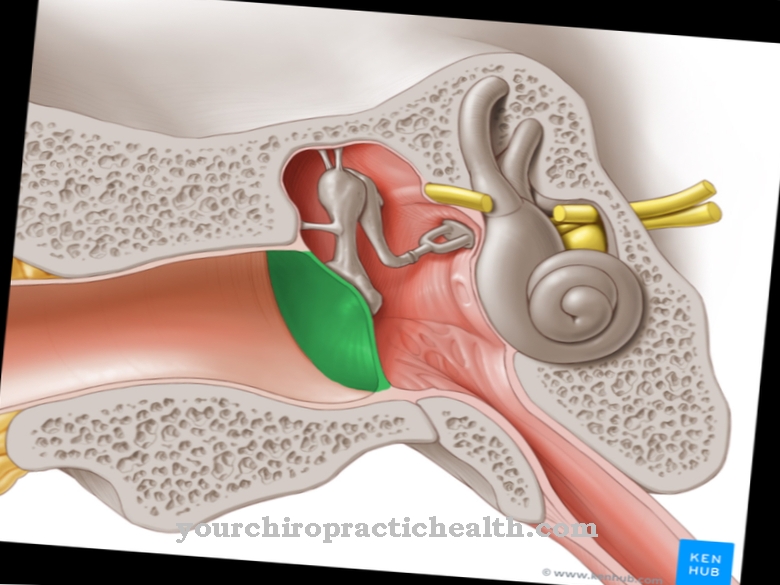
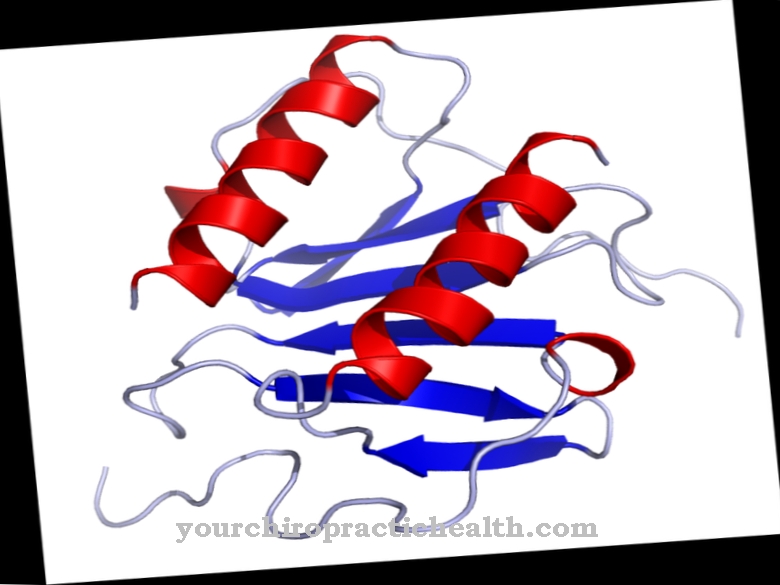
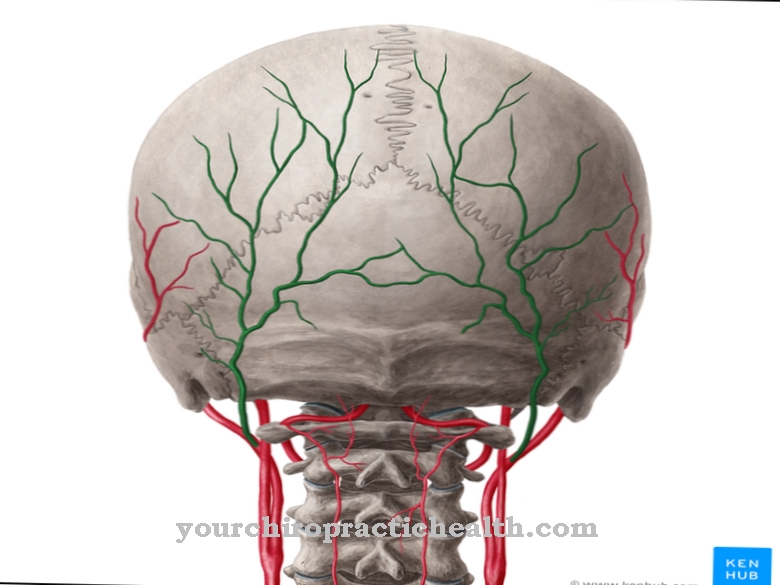
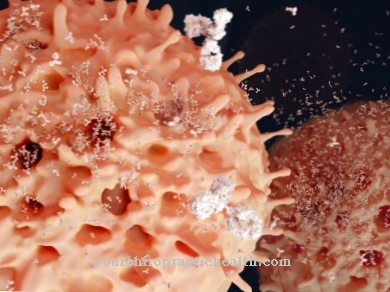


















.jpg)



